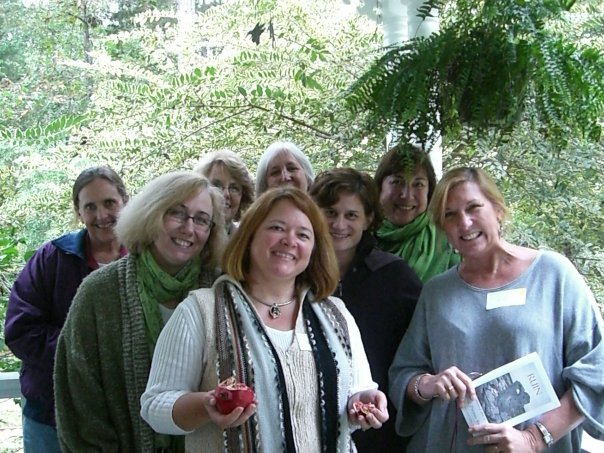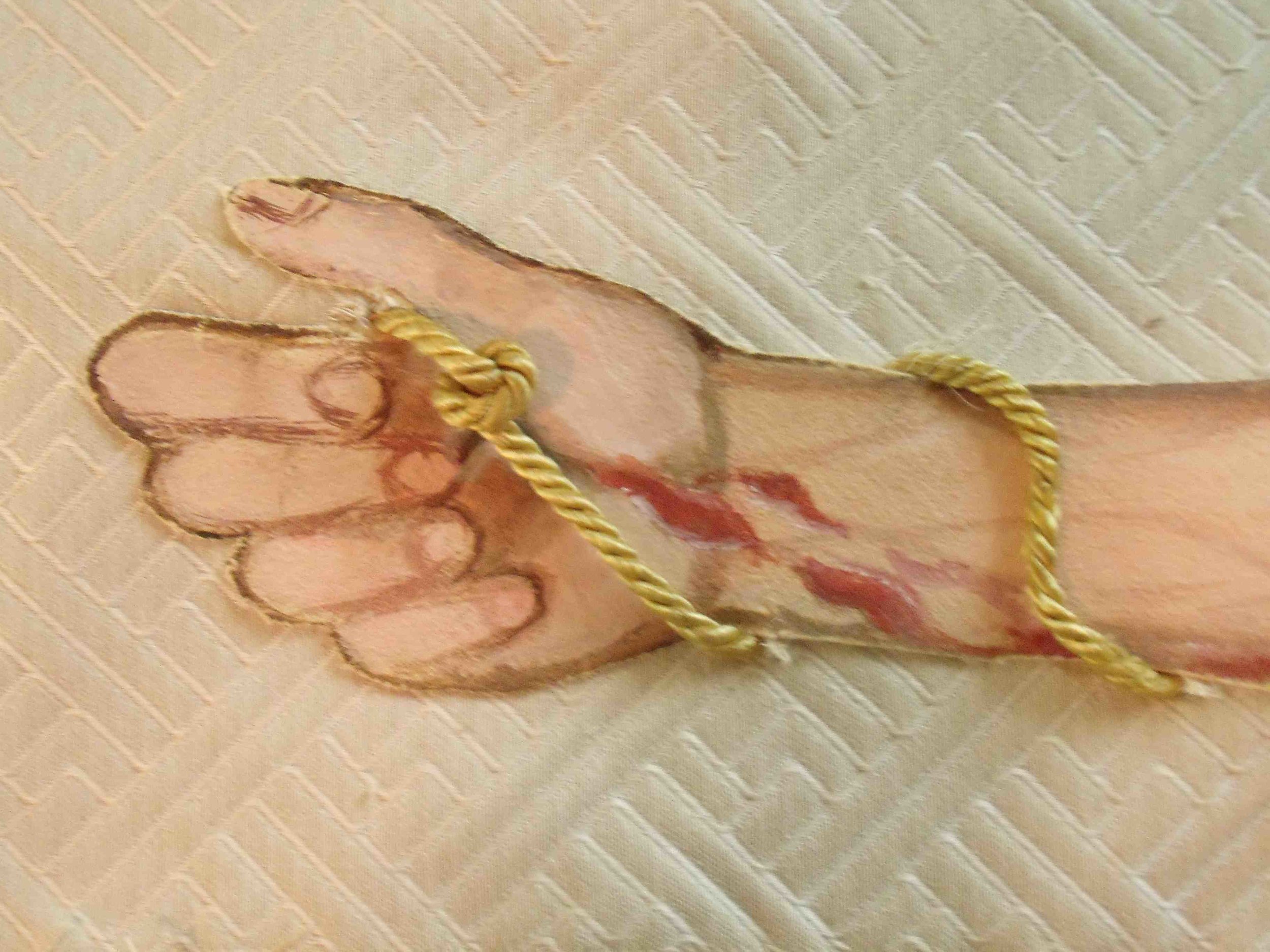By Guest Blogger, Susan Levi Wallach

Did you hear the one about four poets walking into a bar? How about four bars (which is about right for poets)? How about a pint in each for them and their friends (actually, friends of Jasper Magazine, who, given the evening’s literary and other perks, got quite a deal for $25 a head)? The poets: Ed Madden, Ray McManus, Tara Powell, and Kristine Hartvigsen. The bars: White Mule, The Whig, Hunter Gatherer, and Thirsty Fellow, which spread from Columbia’s midtown Main Street to south of the Vista on Gadsden, leaving plenty of opportunities to stop between hops shops to read aloud a poem or five for the assembled crowd. The crowd: about two dozen (even before the first pint it was difficult to count, this crowd being social, with everyone wanting to talk to everyone else. If you know what I’m talking about, then you were (or should have been) on Jasper Magazine’s first Pint & Poem Walk on Wednesday.
Everyone seemed to agree that poetry and beer make for a better mix than, say, poetry and lecture halls or auditoriums or anywhere an audience is expected to stay still and dry until the wine-and-cheese reception afterward, when they’re expected to remain on their best behavior and the wine is rarely any good.
Cindi Boiter, Jasper’s founder, editor, and the evening’s host, said London pubs and poets do such things all the time. Why not Columbia? (A question that has the makings of a motto for the city’s arts  community: Why not, Columbia? or Why not Columbia? — why shouldn’t this little city, where the cost of living is low and artists and writers are more plentiful than a lot of people realize make the arts as much of a priority as big business?)
community: Why not, Columbia? or Why not Columbia? — why shouldn’t this little city, where the cost of living is low and artists and writers are more plentiful than a lot of people realize make the arts as much of a priority as big business?)
A stop in front of the Statehouse marked the Pint & Poem midpoint at 9:30 p.m., and the Occupy Columbia brigade clearly felt more enthusiastic about having few poets in their midst than they would have been about, say, a group of CEOs and other one percenters. Having in the past several days perfected the rhythm of antiphonal chanting, they gathered about Madden with placards in hand, repeating each line of the poem he read as if it were a slogan (sometimes, the line particularly complex, he had to say it twice till everyone got it right). Poetry for the rest of us.
Letter to Travis
by Ed Madden
I saw that photo of you, lean, grinning, skinny jeans, flannel shirt, newsboy cap, and nearby,
my former student Anna, hair dyed black, arms crossed over her tie-dyed purple tee, leaning
on a not-quite-life-sized bronze George Washington (the one boxed off at the MLK march
earlier this year, unfortunate fodder for FOX to spout off about respect and legacy and shit like that,
the one with the broken cane, broken off by Union troops in 1865 and never repaired,
as if he’s doomed to limp down here, and he was shot later by drunken Governor Ben Tillman, the one
so racist he got his own statue in 1940, just across the square from George, standing watch
now over a cluster of punks in sleeping bags, just down the lawn from the one for gynecological
marvel J. Marion Sims, who Nazi-doctored black women, then ran off to New York to experiment
on destitute Irish immigrant women -- such difficult history here, stories of the black, the poor.). I heard more
about George this morning on NPR, his whiskey distillery back in business, though without the slave labor,
that story after the one about Occupy Washington clustered near K Street. The front pages
of the local papers are Gadhafi’s slaughter, the body stashed in a shopping center freezer, GOP
would-be’s descending on us for another debate, the state fair ending this weekend, its rides and fried things.
I’ve got the list of what you guys need, Travis, gloves, storage tubs, “head warming stuff,”
water, and I plan to drop by later with supplies. For now, though, I look out my window,
the weather beautiful if cool, fair weather, the dogwood gone red and finches fidgeting among the limbs.
Too easy, probably, to turn all pastoral at times like these, to tend my own garden,
the last tomatoes ripening up, collards almost ready, needing that chill to sweeten a bit.
A dear friend wrote me this week, says he’s scared he’ll lose his job come the new year,
a fear we hear over and over, though the GOP folks tell us it’s our own fault that we’re
not the rich -- individual responsibility and all that. I want to believe in the joy
and resistance I see there on your face, Travis, the will revealed in Anna’s crossed arms.
I want to believe it, I want it to last, I want it to win. I’ll stop by later with gloves and water.














